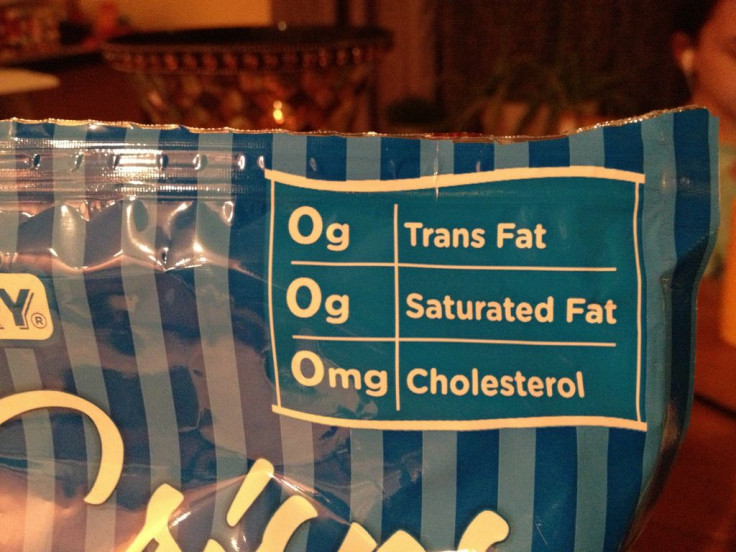High Cholesterol Rates Have Declined, But 1 In 8 American Adults Still Have High Cholesterol

While experts agree controlling all of our risk factors for cholesterol is a tough task, there are plenty of anticipatory steps we can take to prevent high cholesterol and the complications it can cause. Yet some Americans still choose not to. New data released by the Centers for Disease Control and Prevention (CDC) has revealed that although high cholesterol rates have declined, around one in every eight American adults still have high cholesterol.
Researchers from the CDC led by Margaret Carroll, a survey statistician with the CDC’s National Center for Health Statistics (NCHS), gathered dating using the U.S. National Health and Nutrition Examination Survey. The team defined high total cholesterol as 240 mg/dL or higher and low HDL “good” cholesterol as less than 40 mg/dL. High levels of total cholesterol and low levels of “good” cholesterol are both considered risk factors for coronary heart disease.
Results showed that the percentage of American adults with high total cholesterol has declined from 14 percent in 2007 to 11 percent in 2014. The percentage of adults with low levels of “good” cholesterol also dropped from around 22 percent to 18.5 percent. Surprisingly, there was a lower percentage of men with high total cholesterol at 10.6 percent compared to women at 13 percent. High total cholesterol rates did not differ among men and women between the ages of 20 and 59, but only 7.3 percent of men over the age of 60 had high total cholesterol compared to 17.7 percent of women.
There were also disparities among ethnic groups. High total cholesterol percentages were lower among black men and women compared to Asian men and women, Hispanic men and women, and white men and women. Black men and women and Asian men and women had lower percentages of low “good” cholesterol levels compared to Hispanic men and women and white men and women. Cholesterol levels have also varied by age, sex, race, and ethnicity, so keeping up on trends in certain disparities is essential to preventing higher cholesterol levels in the future.
According to the CDC, people with high total cholesterol have around twice the risk for heart disease compared to people with ideal levels. Around 73.5 million American adults have high LDL “bad” cholesterol levels. Having too much “bad” cholesterol and not enough “good” cholesterol seriously ups a person’s risk for developing heart disease or suffering a heart attack or stroke. It is recommended that all adults have cholesterol levels checked at least once every five years.
Declines in high total cholesterol rates is a step in the right direction, but more needs to be done before the United States' overall cholesterol levels are in a healthy range. There are no symptoms for high blood pressure, meaning most people don’t even know they are putting their heart at risk by having high cholesterol. Knowing your cholesterol levels, no matter your age, is essential to knowing your risk and starting a preventive treatment plan that includes cholesterol-lowering statins and reducing your trans-fat intake.
Source: Carroll M, et al. Total and High-density Lipoprotein Cholesterol in Adults: United States, 2011–2014. NCHS Data Brief. 2015.



























